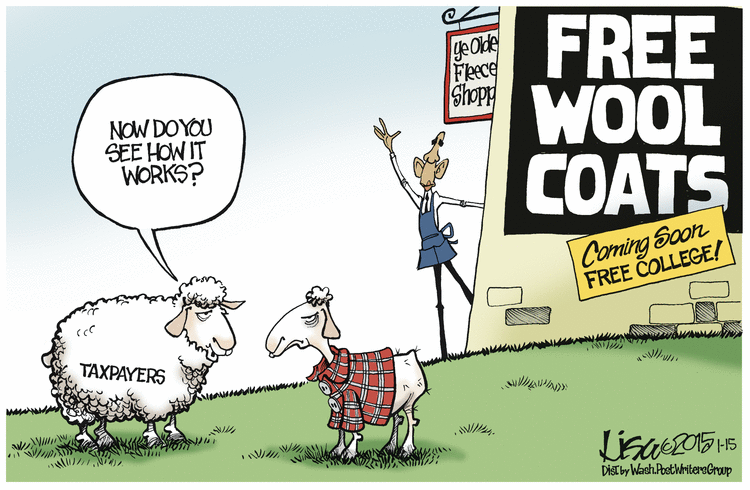positive correlation psychology definition: “Correlational Research and Its Characteristics”; “Coefficient Correlation and Its Types” ~ EduGyan

The investigator just analyzes and examines the https://1investing.in/ among variables, not changing or modifying them in any way. You believe there is still a causative link between two factors, but conducting experimental study that tries to influence one of several variables is impracticable, immoral, or too expensive. Correlational research can give preliminary evidence or more support for causal connection ideas. If the worth of oil will increase, so does the prices of airplane tickets. To calculate correlation, one should first decide thecovarianceof the 2 variables in query. A correlation of zero.0 shows no linear relationship between the motion of the two variables.

Prolonged microgravity induces reversible and persistent changes … – Nature.com
Prolonged microgravity induces reversible and persistent changes ….
Posted: Fri, 13 Jan 2023 08:00:00 GMT [source]
The Correlation Coefficient cannot be higher then absolutely the worth of 1 as a result of it is a measure of match between two variables that are not affected by models of measurement. To calculate the Pearson product-moment correlation, one must first determine the covariance of the two variables in question. The correlation coefficient is decided by dividing the covariance by the product of the two variables’ normal deviations.
Perfect Correlation:
A negative correlationoccurs when the correlation coefficient is less than zero and indicates that each variables move in the other way. In brief, any reading between zero and -1 signifies that the two securities transfer in opposite directions. A coefficient of -0.2 implies that for each unit change in variable B, variable A experiences a lower, but only slightly, by zero.2.
Depending on the degrees of quantification and patterns of your data, several forms of statistical parameters and multiple regression are applicable. You’ve created a new tool for assessing your variable and want to see if it’s reliable or valid. Correlational research can be done to see if an instrument consistently and properly measures the notion it’s supposed to. A mitigating factor is a third variable that has an effect on other variables, making them appear causally connected when they aren’t.
No Correlation
Ans.3 positive correlation psychology definition correlation is a measure of the degree to which two variables vary together, or a measure of the intensity of the association between two variables. In simple words, correlation is said to be linear if the ratio of change is constant. The researcher has no influence over the variables in correlational study.
A smartphone intervention that enhances real-world memory and … – pnas.org
A smartphone intervention that enhances real-world memory and ….
Posted: Tue, 13 Dec 2022 18:21:25 GMT [source]
Correlational study, unlike experimental research, merely enables the researchers to monitor the factors for the purpose of correlating patterns in data without the use of a catalyst. Pearson’s Link Factor (or Pearson’s r) is a metric that is used to test the stability of a relationship amongst variables. A result of 1.0 indicates a positive correlation, a value of -1.0 indicates a negative correlation, and a result of 0.0 indicates zero similarity. A movement from one of the factors might not even cause an equal or opposite modification in the other variable in this scenario. Reasons for the difference in ambiguous causal links are accommodated by zero correlational research.
FAQs on Positive Correlation
Although there are plausible explanations for both, causality cannot be established until additional study is conducted. Living in Detroit, for example, can lead to both knowledge and vegetarians. Relationship between two variables allows researchers to collect data quickly utilizing a variety of approaches, such as a brief survey.
You don’t think that people who have more money have more offspring than individuals who have less money. This assumptions of the sample dimension, each variables ought to be normally distributed (normally distributed variables have a bell-shaped curve). Hiring more salespeople will result in increased revenue for the company.
Because a brief survey does not need the researcher to conduct it directly, it allows the researcher to deal with a small group of people. You want to see if there’s a link between two parameters, but you don’t expect to uncover a cause-and-effect relationship. Correlational research can help academics construct hypotheses and make predictions by providing insights into complicated real-world interactions.

To understand how to study the relationship between two variables when both are quantitative, one needs a basic understanding of a correlation coefficient. It is less rigorous than the experimental approach because it exercises less control over the independent variables. It is important to stress that correlations refer to measures of association and do not necessarily indicate causal relationships between variables.
Positive Correlation
However, doing correlational study on both variables might disclose whether or not there is a correlational link between them. You can, nevertheless, do correlational study to see if victims of crime experience greater brain bleeding than non-victims. It indicates that investigators do not have to use formal technique to modify factors in agreeing or dispute with such a concept.
If the connection is understood to be nonlinear, or the noticed pattern appears to be nonlinear, then the correlation coefficient is not helpful, or at least questionable. However, the correlation coefficient (0.35) just isn’t as vital as the general correlation. This contains taking the information points of dependent and independent variables and finding the road of best fit, typically from a regression mannequin. From there you’d calculate predicted values, subtract precise values and square the results. This yields an inventory of errors squared, which is then summed and equals the unexplained variance.

In correlational research, the researcher studies the relationship between one or more quantitative independent variables and one or more quantitative dependent variables. In other words, it can be said that in correlational research, the independent and dependent variables are quantitative. Ans.1 Correlation is a process to establish a relationship between two variables.
- The experimental approach, by contrast, is characterized by the manipulation of a single variable and is thus appropriate for dealing with problems where simple causal relationship exist.
- However, doing correlational study on both variables might disclose whether or not there is a correlational link between them.
- Negative correlational research is a study strategy that involves two numerically opposing characteristics, at which an increase in one variable has an opposite reaction or a drop from the other.
- In this scenario, correlational research can be used to find a trend that connects both parameters.
The goal of correlational research is to find factors that are related to each other to the point that a change in one causes a difference in the other. The co-efficient of correlation of Karl Pearson’s is the quantitative measure of the relationship of two variables X and Y. Correlation is a statistical tool used to measure the relationship between two or more variables. If the change in one variable appears to be accompanied by a change in the other variable, the two variables are said to be correlated and this interdependence is called correlation.
